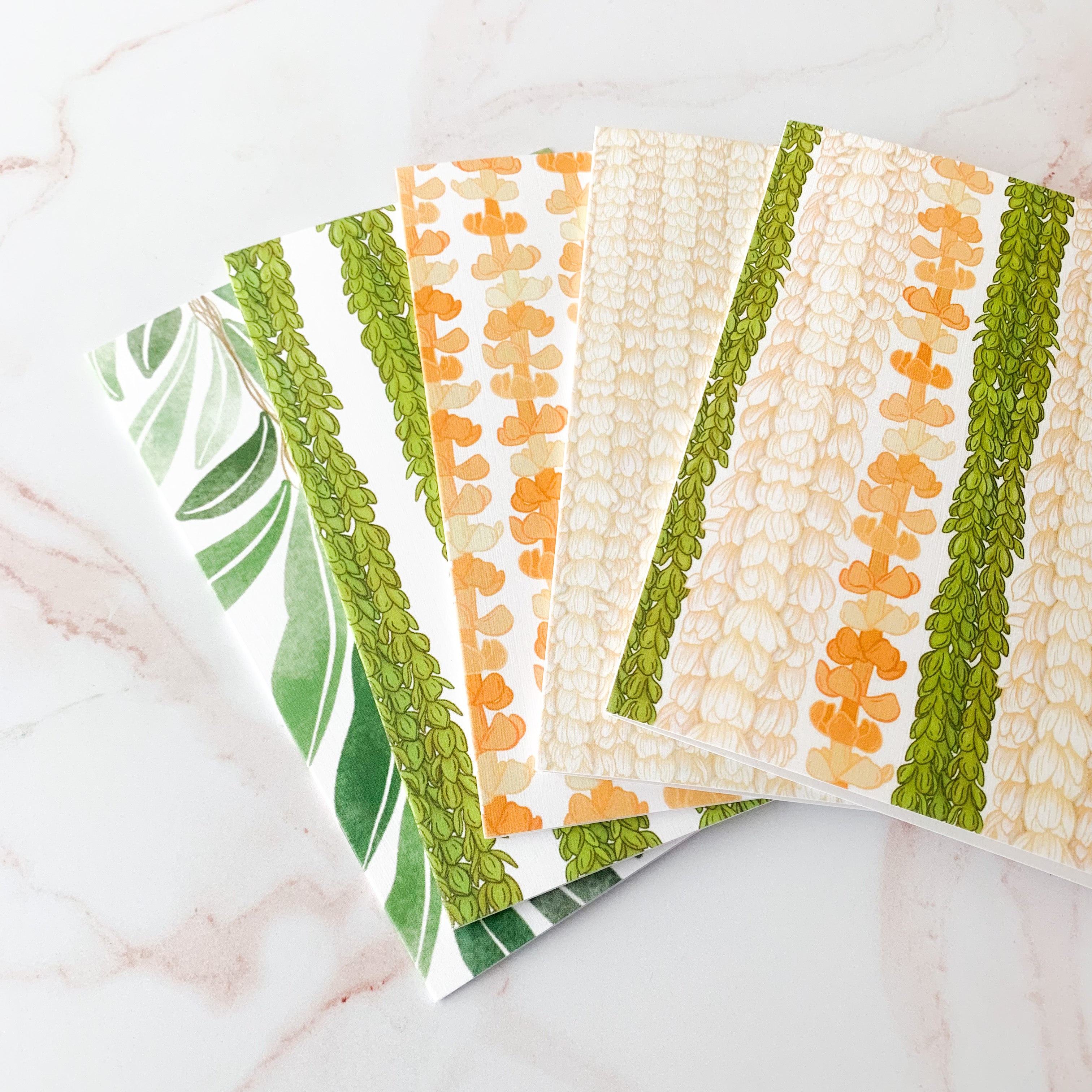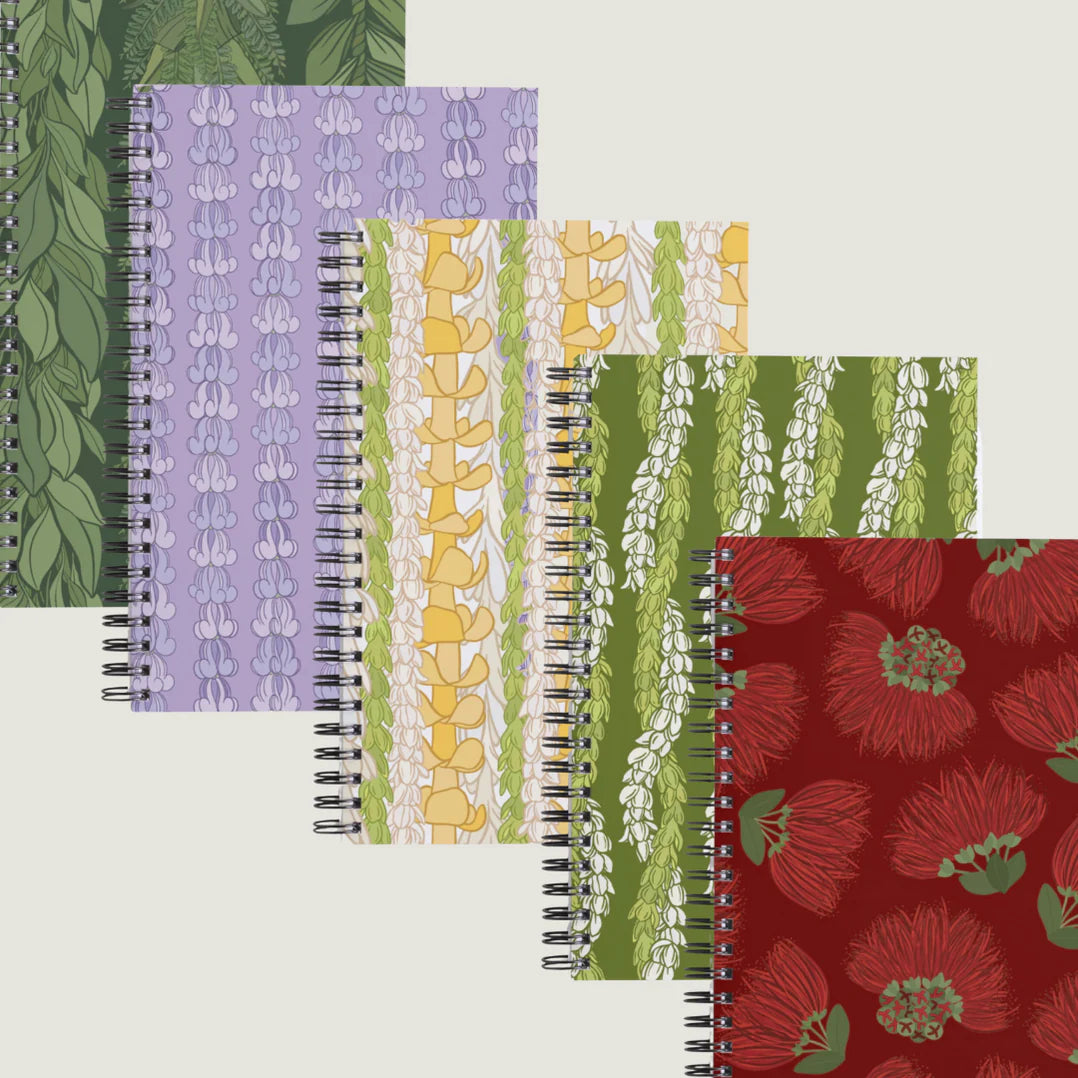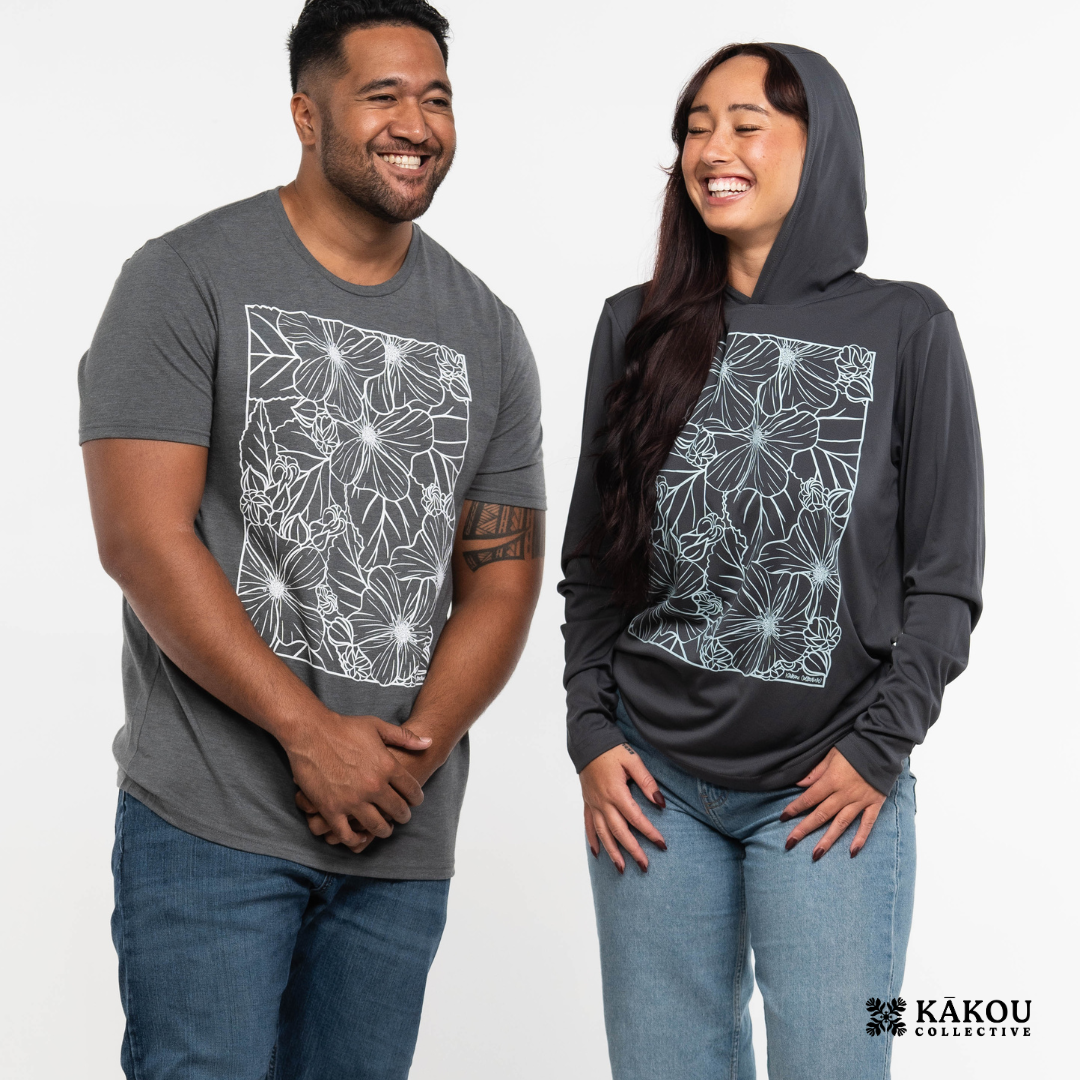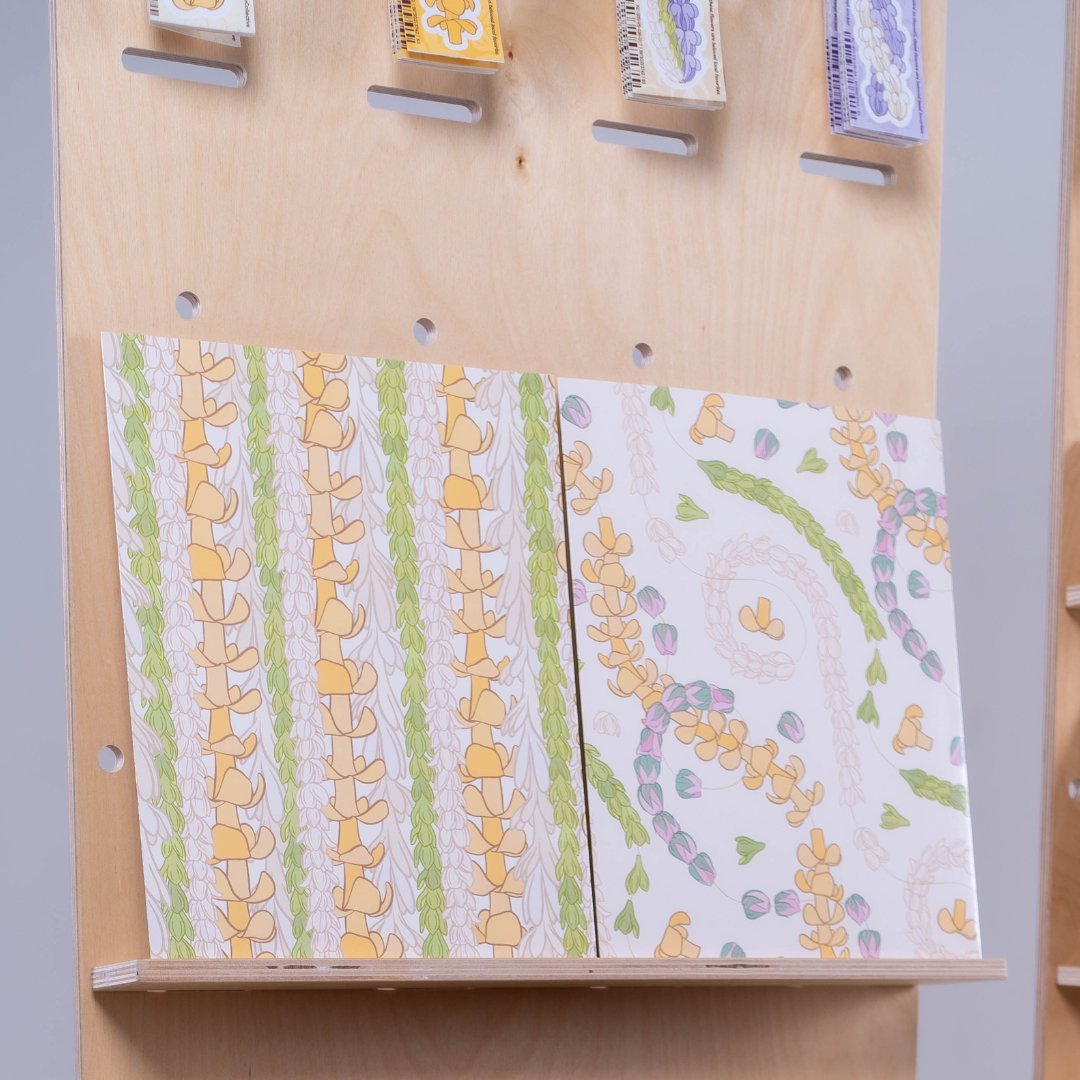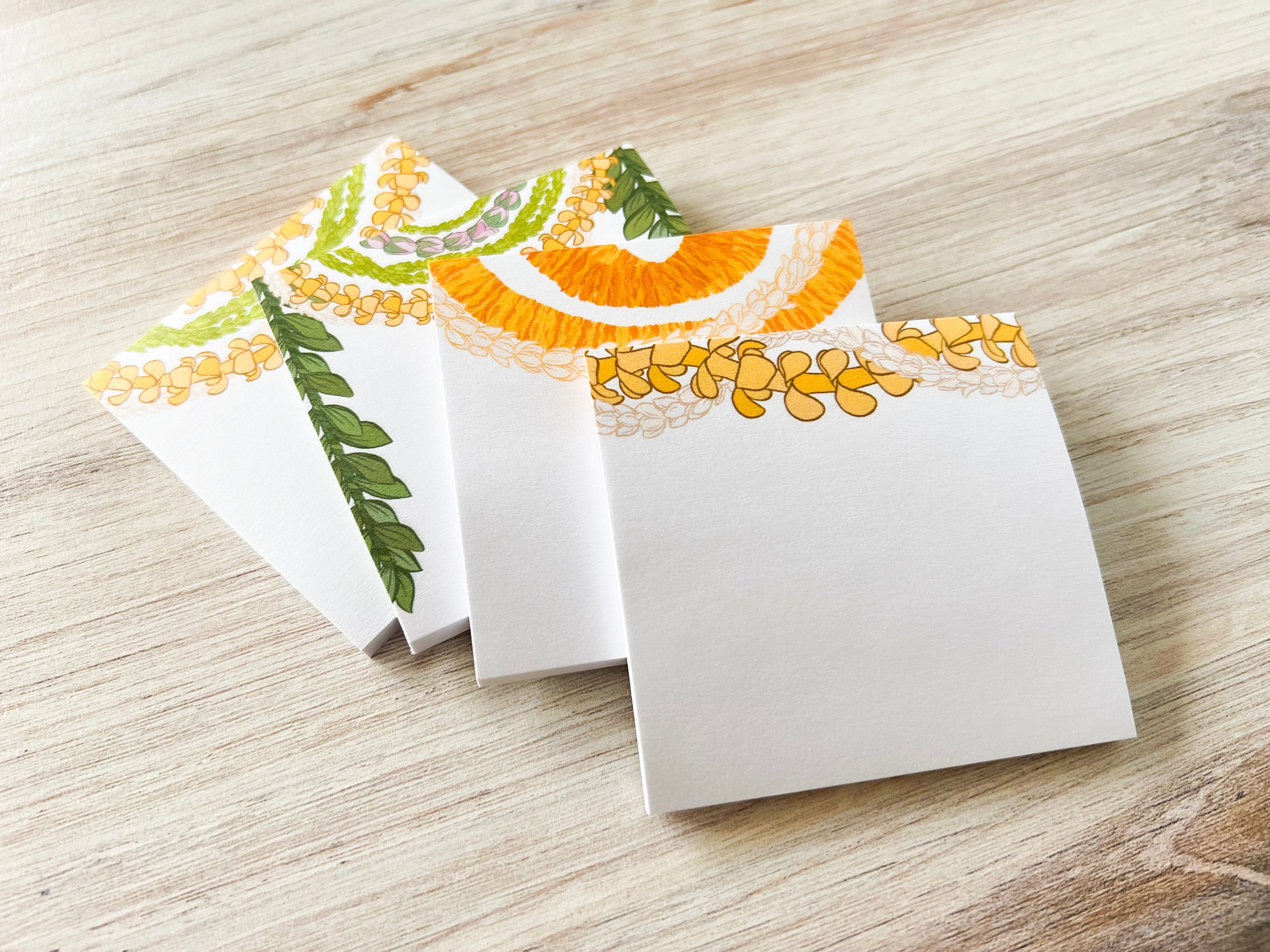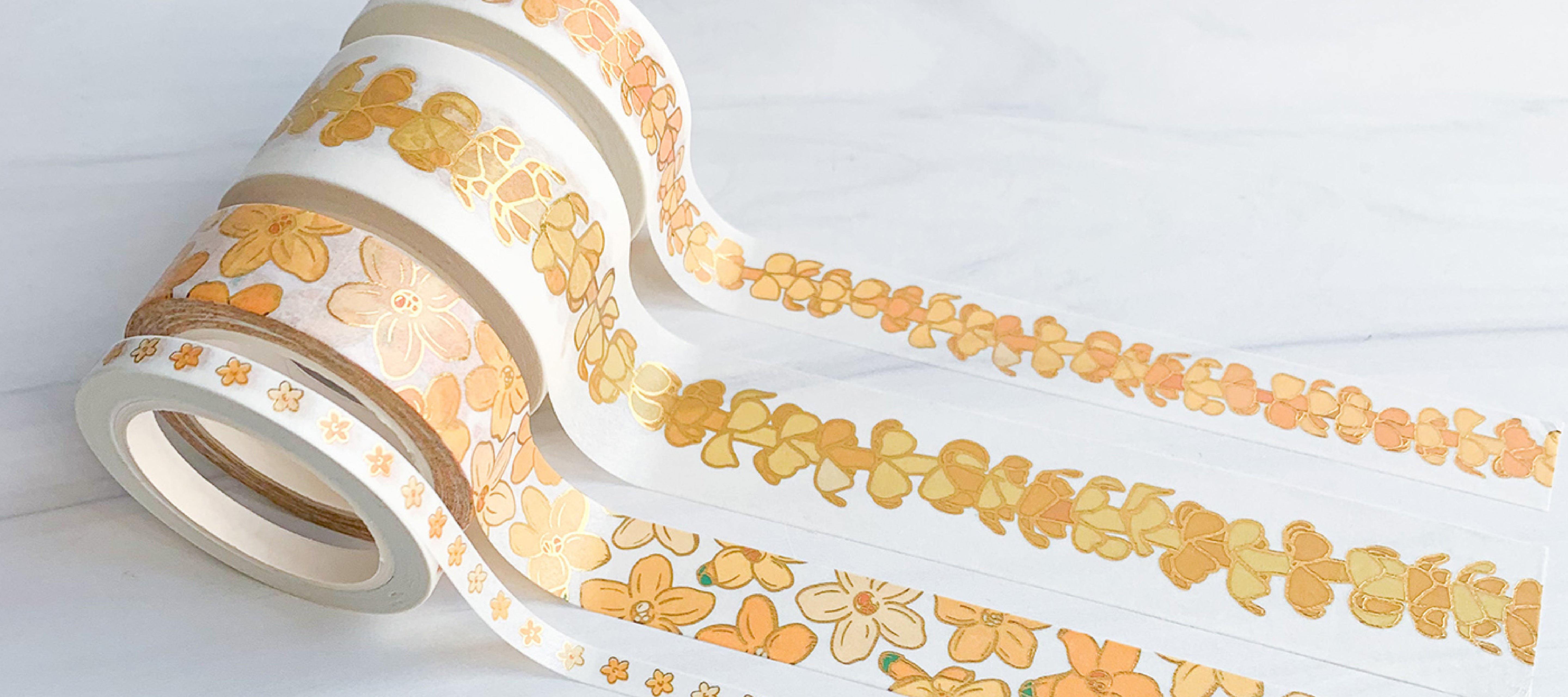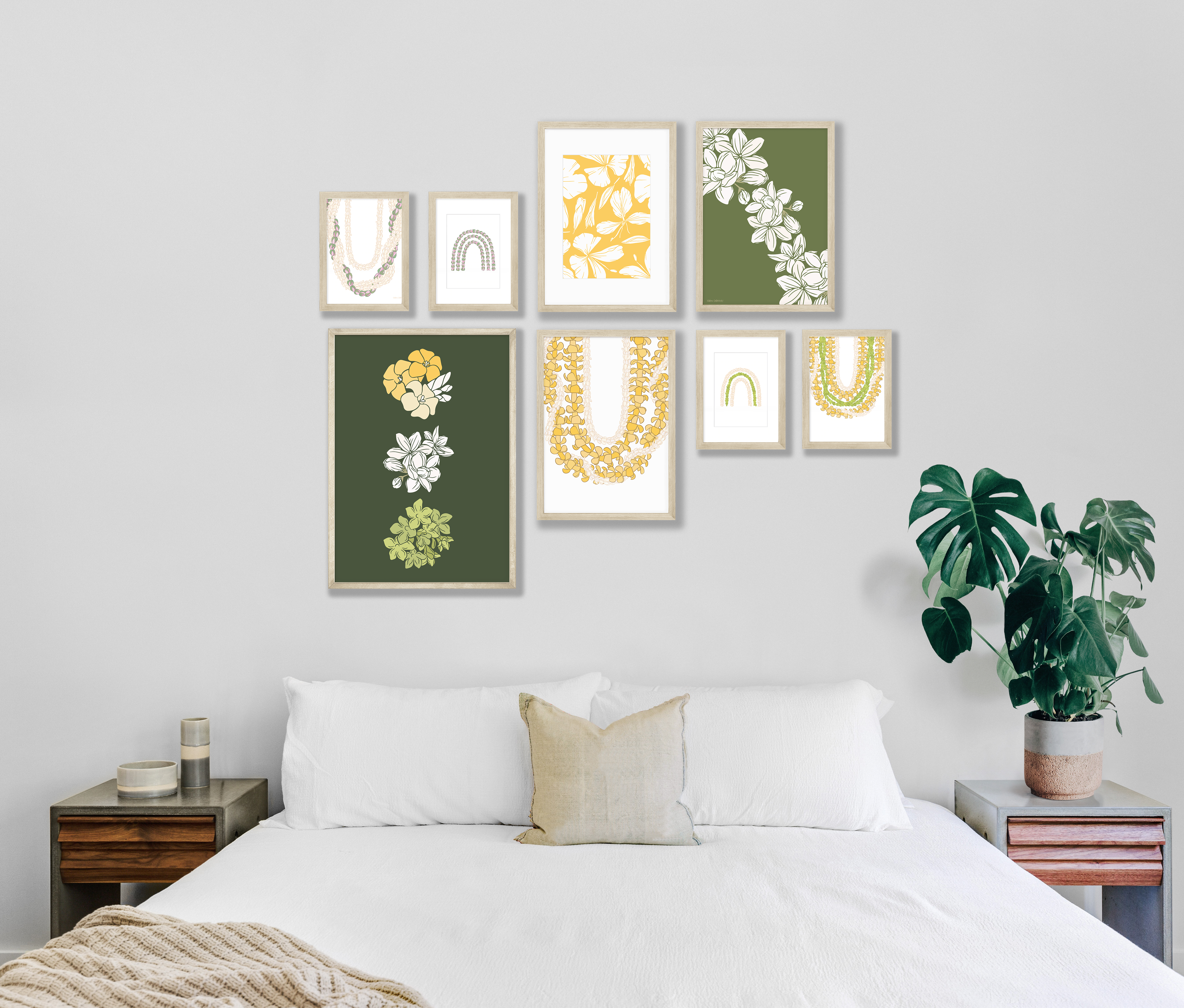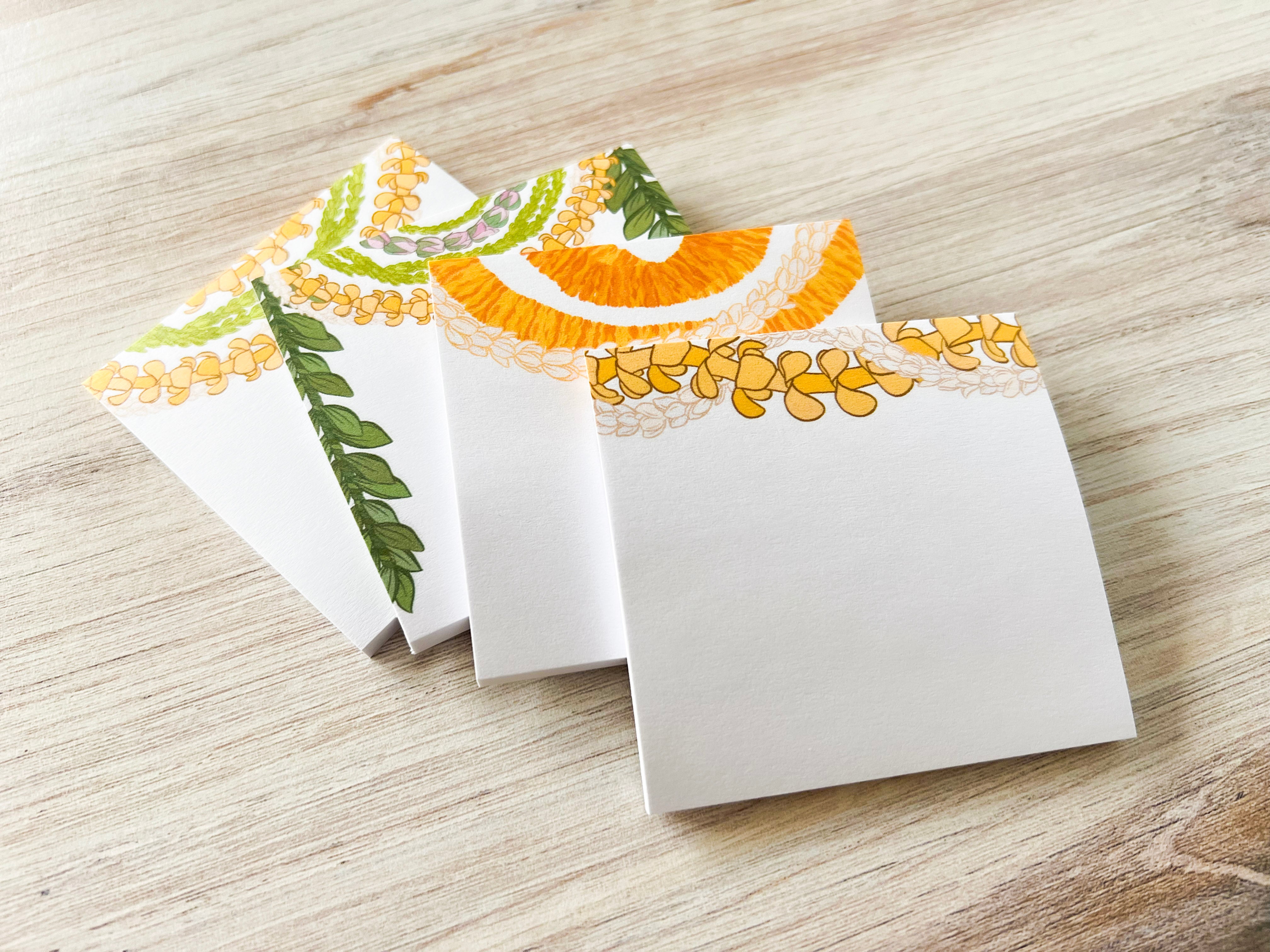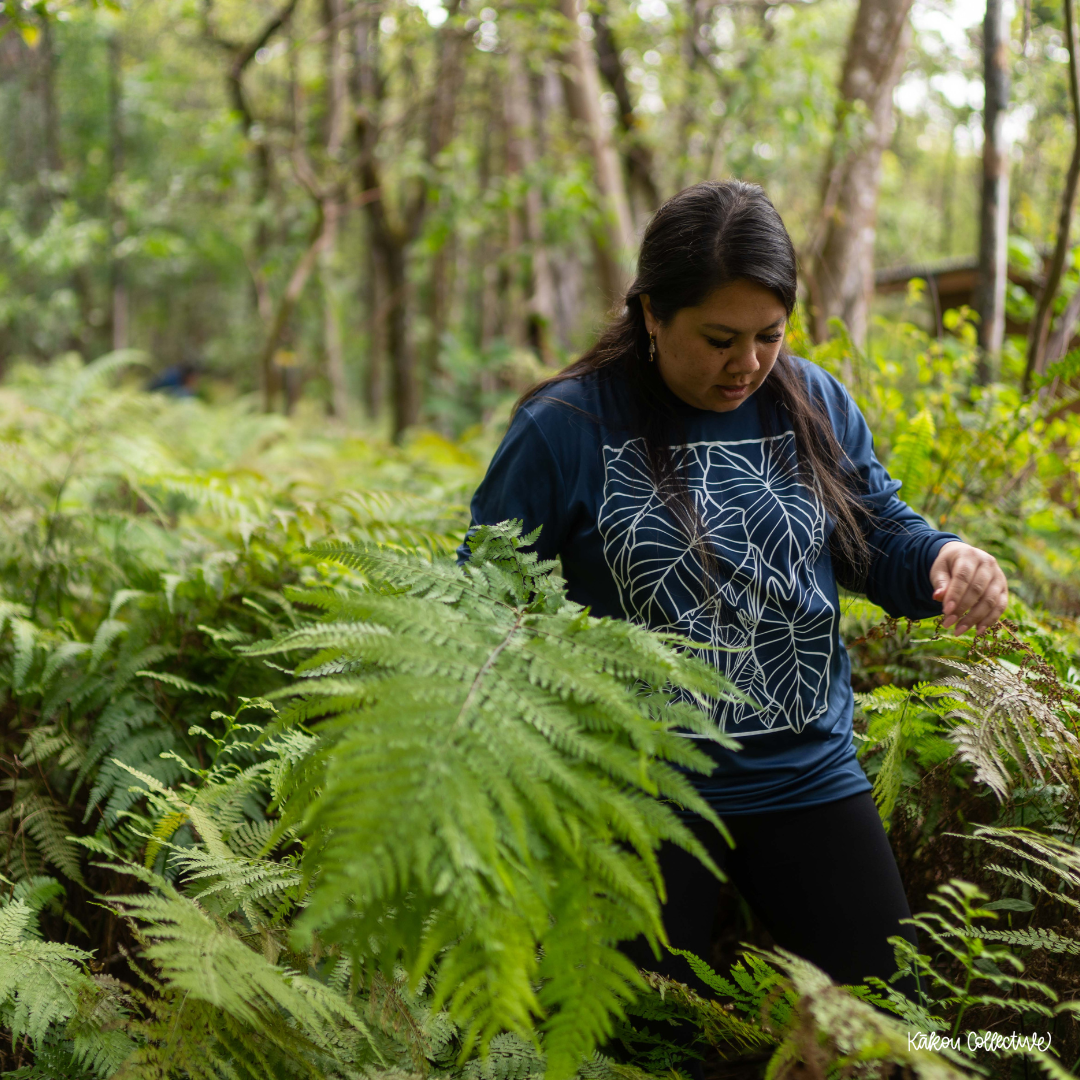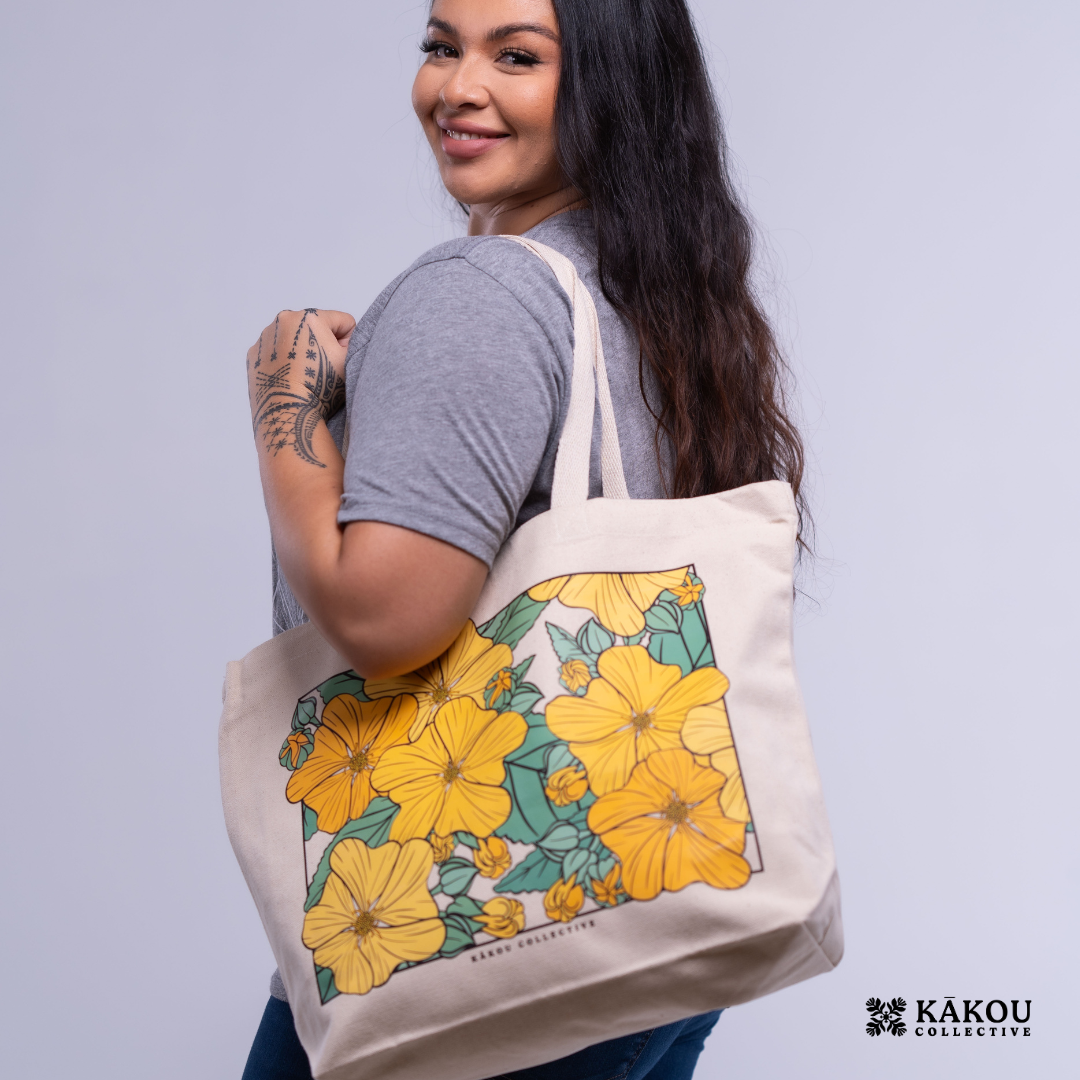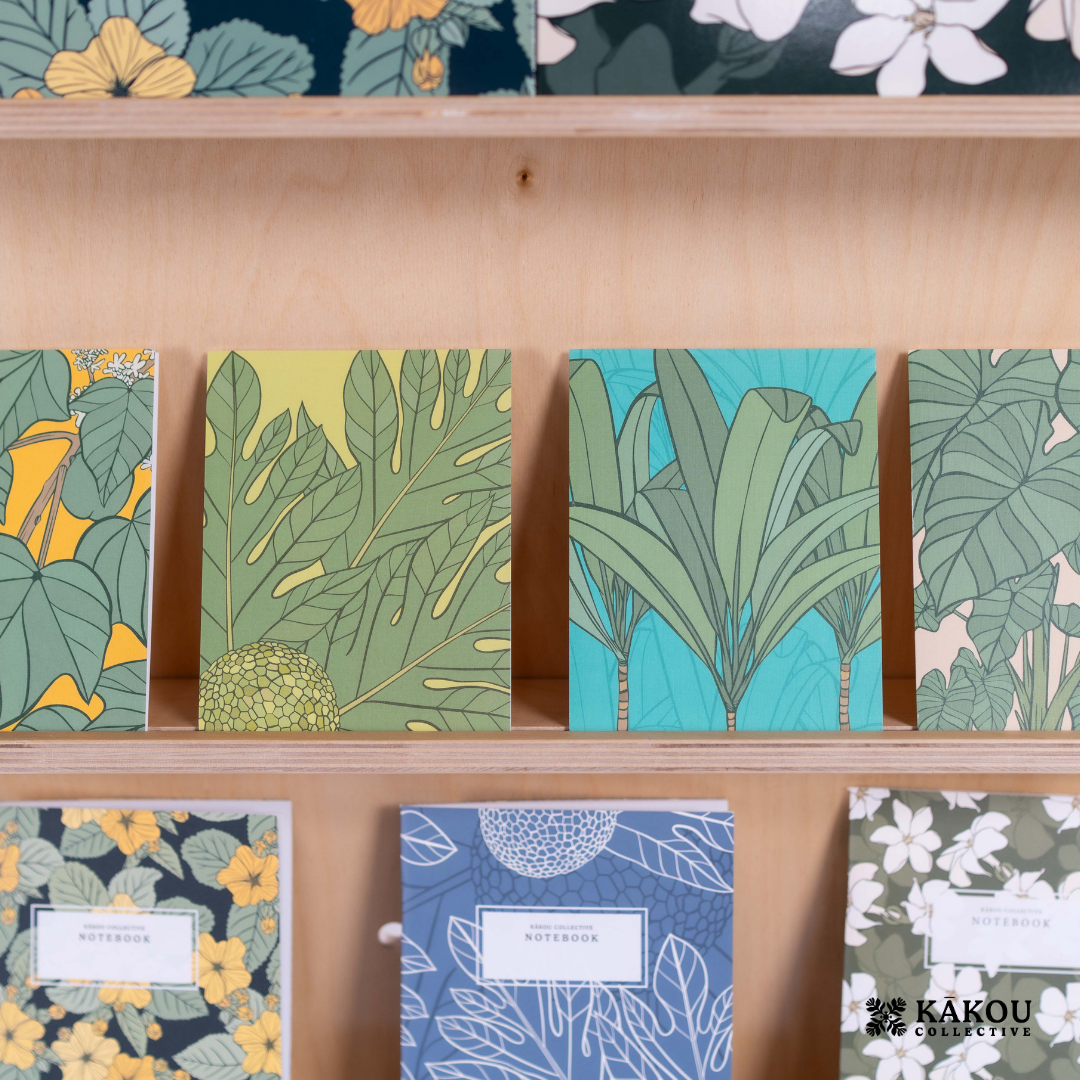Hau: More Than a Pretty Bloom — A Canoe Plant of Hawaiʻi
The hau (Hibiscus tiliaceus) is one of those plants that quietly holds space in our daily lives here in Hawaiʻi—whether it’s growing wild along coastal roads or lending its branches to the shape of a hale. But this native hibiscus is so much more than its soft, shifting petals. Hau is a canoe plant, brought to Hawaiʻi by our ancestors because of its value—not just for beauty, but for survival.
Its flowers bloom bright yellow in the morning, turning deep orange by late afternoon, with a crimson heart at the center. While eye-catching, these blossoms aren't just decorative. In traditional practice, they were often seen in hula and moʻolelo, woven into moments of storytelling and ceremony. The plant itself thrives near the ocean, its sprawling branches creating shelter from sun and wind, and even stabilizing shorelines with its strong roots.
But what really makes hau special is how every part of it served a purpose. The wood is light but strong—ideal for making ʻiako (outrigger booms), fishnet floats, and even weapons. The inner bark was stripped and twisted into cordage used for lashing, or pounding into kapa. Even the sticky sap was used as a mild adhesive or medicine.
Calling hau a canoe plant is no exaggeration. It’s a literal example of how our kūpuna selected and transported life-sustaining plants across the Pacific. These plants weren’t just useful—they were chosen with care, purpose, and deep understanding of how to live in balance with the land and sea.
So the next time you pass a hau tree, maybe pause. Feel the leaves. Notice the way its blossoms shift with the sun. Remember that you’re not just looking at a flower—you’re looking at a living piece of our history.




